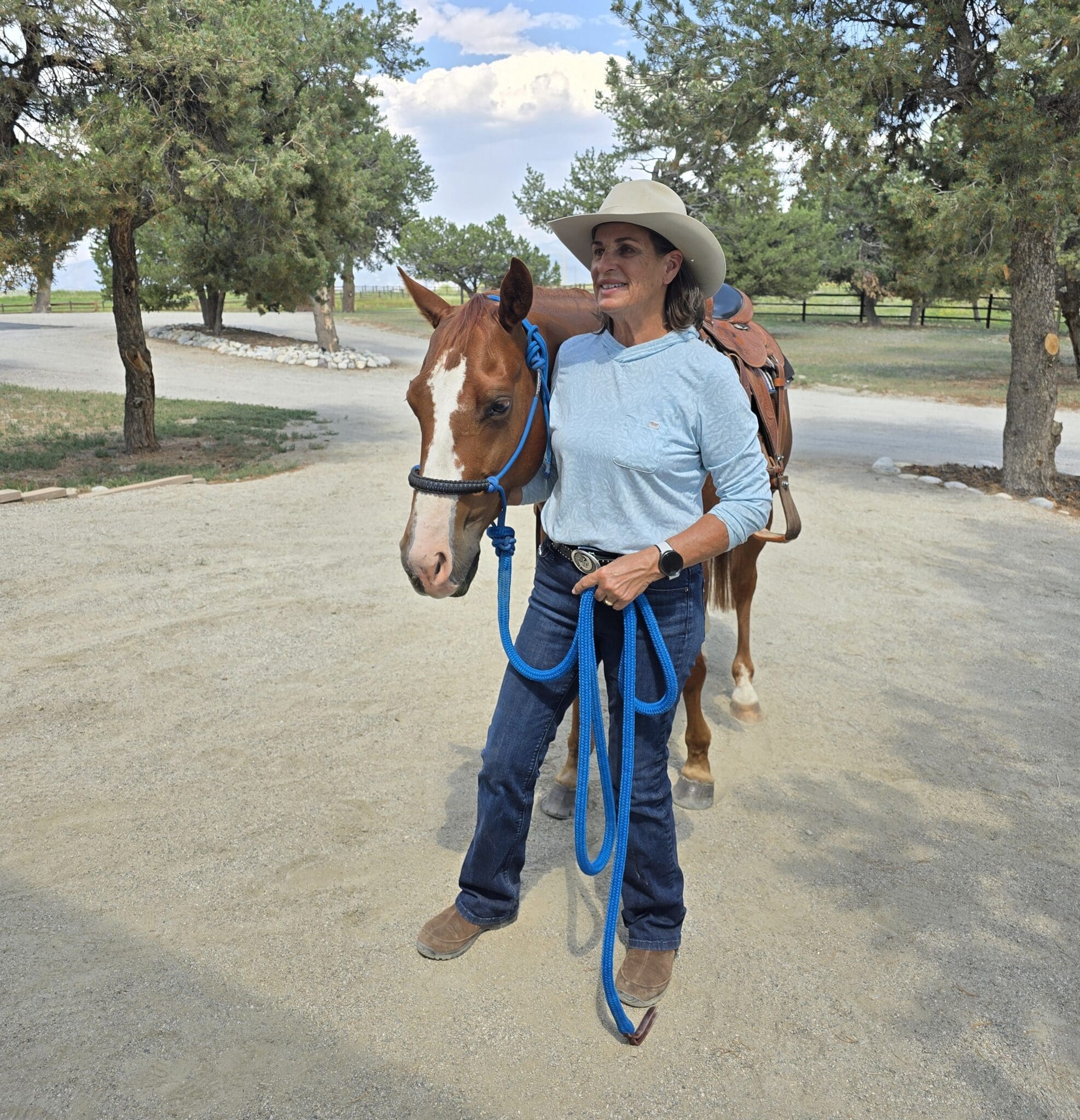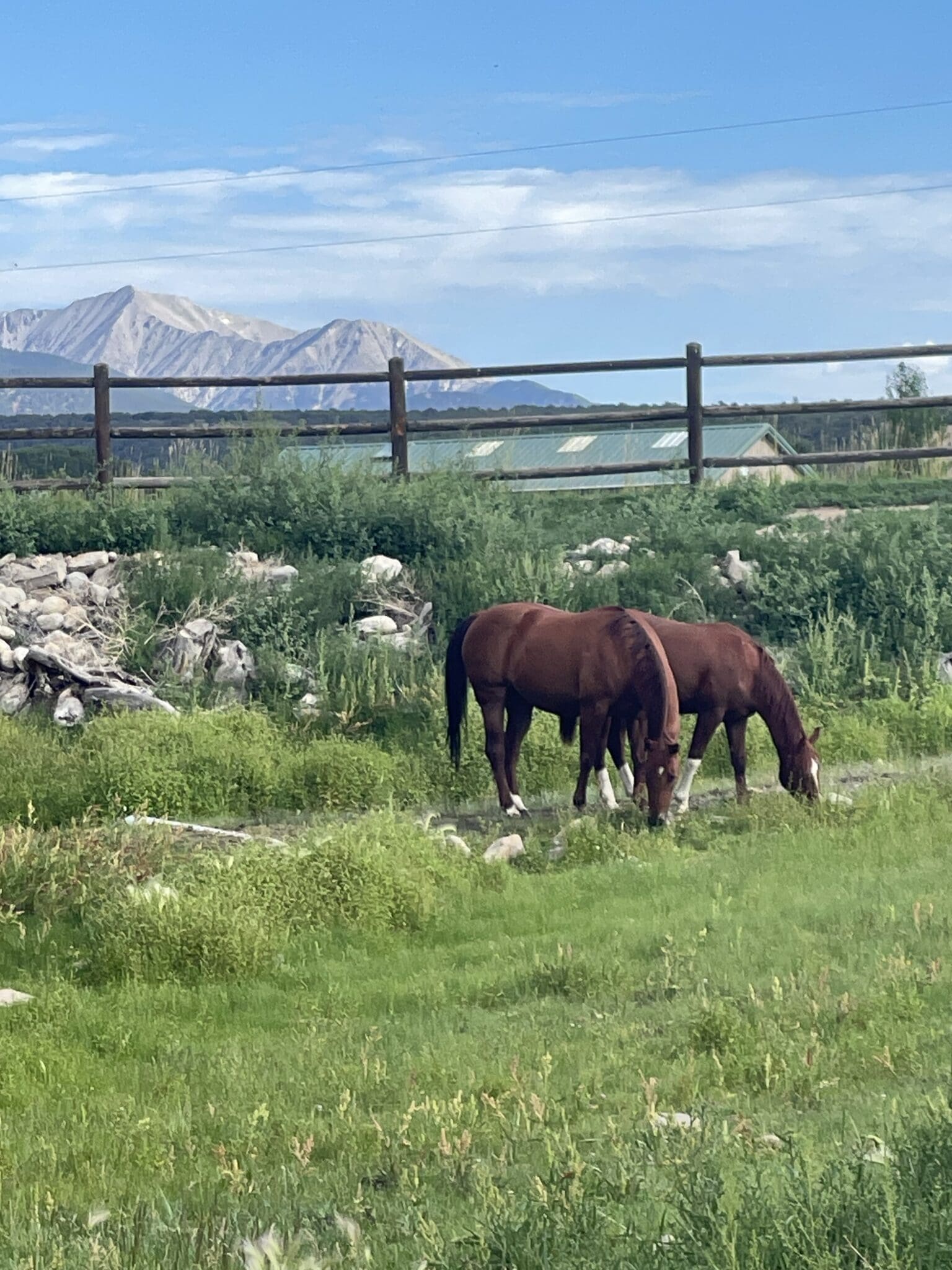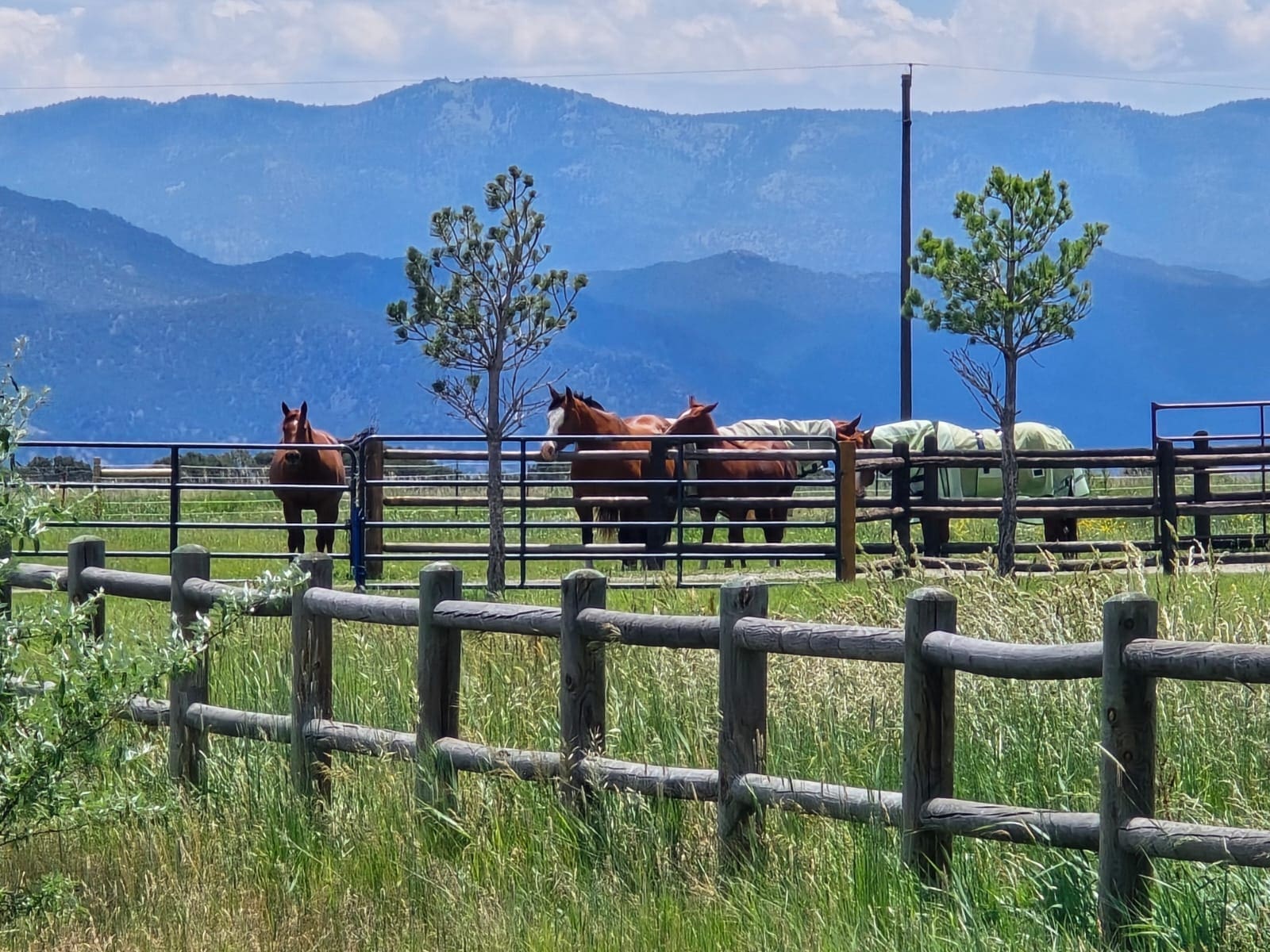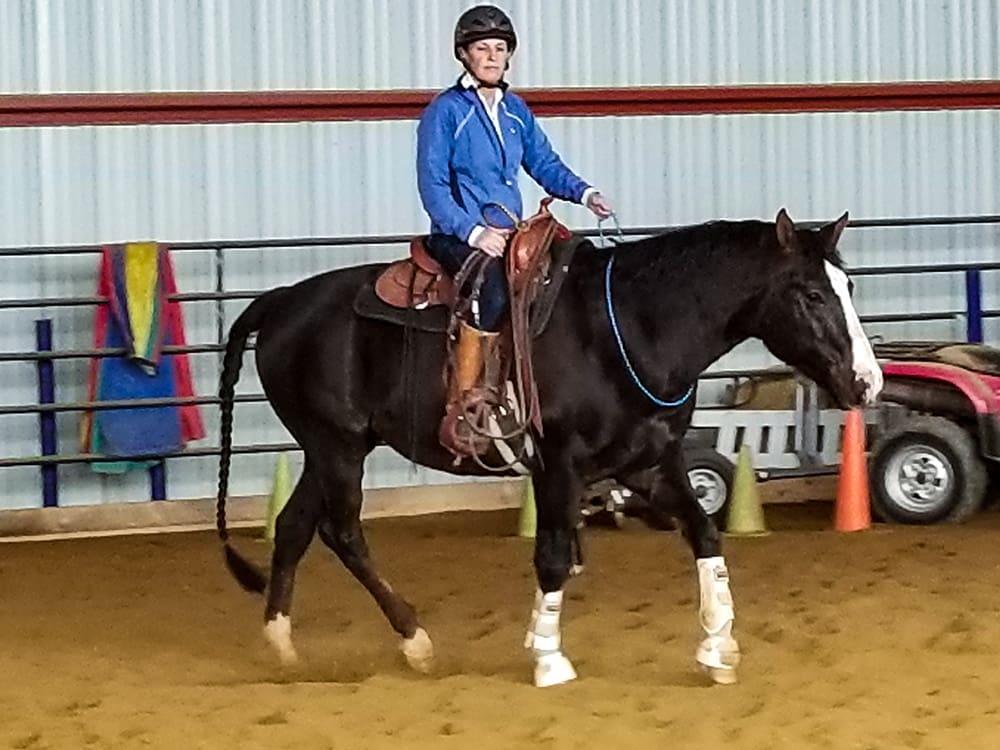This article is posted with the Author’s Tom Lenz DVM, MS, DACT permission.
Horses in the United States no longer wanted have been sold or discarded by their owners throughout history, but it is only in the last decade or so this subset of the horse population has been designated “unwanted”. Until the Bovine Spongiform Encephalopathy (BSE) outbreak in Europe in 2000 and the Foot and Mouth disease epidemic that occurred in the United Kingdom in 2001, Americans, both the horse owning and non-horse owning public, were not aware of the unwanted issue. European have traditionally eaten horse meat but both cattle disease outbreaks were responsible for changing the European consumers’ preference from beef to horse meat because they didn’t trust the safety of beef. This change drew American media attention to the fact that American horses were being processed for meat in the United States and their meat exported to Europe for human consumption. Media coverage of the issue not only drew the attention of the horse owning public, but also equine breed associations, animal rights/welfare organizations, veterinary associations and the non-horse owning public. Because of the resultant focused lobbying efforts of animal activists, the public and some horse owners, federal legislation was introduced in the United States Congress in 2001 to prohibit the processing of horses in the United States for human consumption. Since then similar federal legislation has been reintroduced in every Congress and has been expanded to include the export of horses to foreign meat processing plants. The 2001 legislation introduction initiated a series of contentious debates within the country that ultimately divided the horse community.
The term “Unwanted Horse” was first coined by the American Association of Equine Practitioners (AAEP) at a horse industry meeting in Washington D.C. in 2005. Generally, these are horses that are geriatric, incurably lame, have behavior problems, or are dangerous. They also include un-adoptable feral horses and horses that fail to meet their owner’s expectations because they are unmarketable, unattractive, not athletic, unmanageable, are the wrong color, or cost too much to maintain. Normal healthy horses of varying ages and breeds may also become unwanted. In many cases, these animals have had multiple owners, have been shipped from one sale, stable or training facility to another, and ultimately rejected. Some are refitted and find new homes in alternate careers but others continue to be shipped to meat processing plants.
The U.S. horse processing plants were closed by state law in 2007 but today horses continue to be shipped to plants in Mexico and Canada. Because horses being process for human consumption epitomize the unwanted horse, they have been at the heart of the discussion. At the 2005 American Horse Council meeting leaders from across the industry came together to discuss options for resolving the unwanted horse issue. It was agreed that because there were strong opinions on both side of the horse processing issue the focus should be educating the horse industry and owners on responsible care of their horses and options that were available for a horse that was no longer wanted by its current owner. The result was the formation of the Unwanted Horse Coalition, which was placed under the umbrella of the American Horse Council. The goal of the organization was to raise awareness of the unwanted horse and provide a medium for the exchange of information about adoption, proper care, alternative careers and responsible ownership. This was done through a website, print material, educational forums and public service announcements. Last year it was agreed that raising awareness of the issue has been accomplished so the Unwanted Horse Coalition transitioned to the United Horse Coalition with a goal of “ providing information for existing and prospective owners, breeders, sellers, and horse organizations regarding the long-term responsibilities of owning and caring for horses, as well as focusing on the opportunities available for these horses through industry collaboration”. Particular attention is being given to the education of potential owners regarding the cost of care, proper husbandry, training requirements, expectations and life-ending decisions. In addition, since 2001 virtually every horse breed and discipline has developed a program to identify unwanted horses and to provide options for retraining, rehoming and post career care. None of these programs were present in 2001. They include the American Quarter Horse’s Re-ride Adoption program, the U.S. Trotting Association’s Full Circle Program, The American Horse Council’s Time to Ride Initiative and many more. The Thoroughbred industry has been active in finding new homes for retired race horses through their TB Aftercare Alliance, Take the Lead Program and their Retirement Check-off Program, just to name a few. A new unwanted horse advocacy group, The Right Horse Initiative, brought years of experience in finding homes for shelter dogs and cats to the horse industry. The organization is a collective of industry professionals and equine welfare advocates working together to improve the lives of horses in transition through a dialogue of kindness and respect, reducing the number of at-risk horses, providing information on end-of-life decisions and working towards eliminating the problem.
The horse industry will never completely eliminate unwanted horses. Horses will always age, sustain career ending injuries, or not meet their owner expectations. However, I’m optimistic that the future is brighter for these horses because the horse industry has turned its attention to the issue and continues to develop strategies to both reduce the number of unwanted horses on the front end through responsible care and breeding as well as on the rear end through rescue/retirement programs, retraining for alternative careers, and low-cost euthanasia options. Horse owners today are more aware then ever of how their actions affect the welfare of their horses and an ever-increasing number consider the consequences before they breed, buy, or discard a horse.



